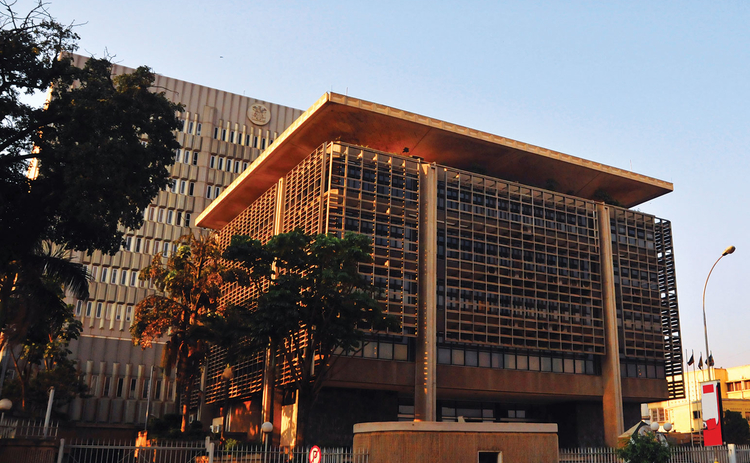
The Ministry of Finance via its annual debt statistical bulletin revealed that Uganda’s debt stock grew from Shs 34.5 trillion in June 2023, to Shs 40.6 trillion a year later.
As a result of the government’s resource mobilization plan, the country’s domestic public debt went from 13% to 18% within the previous fiscal year.
As reported by the Ugandan news paper, The Monitor, the government accumulated a debt of Shs6 trillion up from Shs4.9 trillion via treasury bills, while that of Bonds, went from Shs29.6 trillion to Shs34.6 trillion.
In the period under review, the data indicated that issuance of domestic debt grew to Shs15.2 trillion from Shs11.3 trillion, representing a 34% increase from the previous year. Of this figure, Shs7.4 trillion was raised from treasury bills while bonds accounted for Shs7.8 trillion.
The yield curve during the fiscal year spiraled downward as a result of the Central Bank Rate in July 2023 which went from 10% to 9.5%.
At 40% the largest stock of government debts are being held by banks, followed by pension and provident funds which accounts for 30%.
The data also reveals that the percentage of domestic debt service climbed by Shs3.8 trillion from Shs12 trillion to Shs15.885 trillion, with all components of debt servicing growing due to a consistent growth in the net domestic finance objective throughout the years.
Uganda’s earlier plans to borrow
The money was intended to finance projects between 2024 and 2025. This figure is slightly higher than the original amount it had planned to borrow.
Originally, the government planned to borrow Shs11.5 trillion by the end of the fiscal year, according to a previous report by The Monitor.
According to the Budget Framework Paper, the majority of the amended loan would be funded outside. External lenders would provide around Shs8.9 trillion, with domestic financiers contributing Shs4.1 trillion.
The rise in the new amount comes from revised domestic loans, which were fixed at Shs3.2 trillion.









